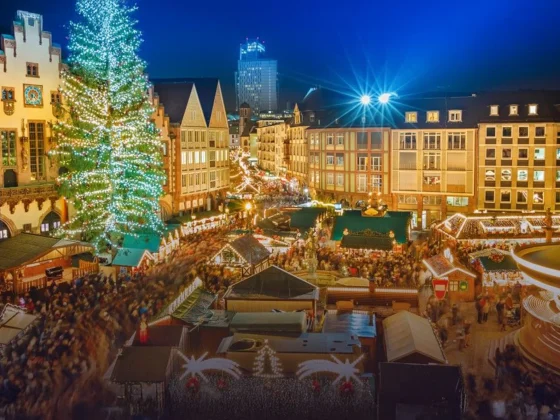Bread, which is an indispensable part of the world’s cuisines today, is not only a food, but also a value that reflects the spirit of a culture, heritage and even society. This is exactly what German bread is all about! Prepared with healthy grains, special yeasts and long fermentation processes, these breads impress the world with their quality and diversity.
The story of German bread, which is prepared with the combination of quality ingredients, craftsmanship, baker’s knowledge and long hours of careful preparation, goes back to the Middle Ages. At that time, bakers in Germany created regional flavours by making different breads with different grains. Over time, each region developed its own bread varieties and baking techniques, and today Germany has one of the richest bread cultures in the world with more than 3000 types of bread! Rye bread (Roggenbrot), pumpernickel, white bread (Weißbrot) and whole wheat bread (Vollkornbrot) are just some of the most popular ones.
The transformation that Germany experienced with the industrial revolution significantly changed both the production and distribution of bread. Thanks to industrial processes and mechanisation, bread production has become more efficient and mass production opportunities have emerged, but the interesting thing is that people have never given up traditional methods, and many bakers have continued to work faithfully to these methods. Today in Germany, there are both handmade breads baked in traditional stone ovens and modern breads produced in large factories. In recent years, healthy eating trends have increased interest in whole grain, gluten-free and organic breads. Bakers have also kept pace with this change, both preserving old recipes and developing new ones. But no matter what, quality and care have always been paramount. To maintain this, organisations such as the German Bread Institute (Deutsche Brotinstitut e.V.) monitor the quality of bread and promote bread culture.
To understand how special German bread is in the world, it is enough to know that UNESCO added it to the list of ‘Intangible Cultural Heritage’ in 2014. This shows how valuable not only the bread is, but also the art of making it. At the same time, this makes a great contribution to keeping traditions alive and passing on bread culture to future generations. It also supports the local economy and opens new doors for tourists who want to see Germany’s bread culture.
In conclusion, bread in Germany is not just a food, but a big part of the culture. Bread culture in Germany is constantly evolving and enriching in an environment where traditional and modern production techniques are combined. These breads, which combine traditional methods with modern techniques, have adorned people’s tables for years. It is up to all of us to protect and preserve this heritage!
This content is provided solely for general informational purposes and does not encompass all details. Maxi Digital GmbH disclaims any responsibility for ensuring the currency and accuracy of the content. It is recommended to refer to official sources for the most current and reliable information.








